Phonics Teaching Resources
Make teaching phonics easy with printable phonics worksheets, activities, games and more designed for primary teachers.
This collection of Australian curriculum-aligned teaching resources has been carefully reviewed by our expert teaching team to make sure every resource is classroom-ready — so we can make your lesson planning easier!
New to teaching phonics, or just looking for new ways to engage your students? Read on for a primer from our teacher team!
What Is Phonics?
You've likely heard the word 'phonics' thousands of times throughout your own education and maybe on one of those old as from the '90s. But what is phonics, exactly?
Phonics is technically defined as the systematic instruction of the relationships between letters and sounds in written language. But that's a mouthful, isn't it? More simply, phonics is the word we use to refer to the method of teaching reading by focusing on the relationship between written letters and the sounds they represent.
In phonics, kids learn how to decode written words by recognising the sound-symbol correspondence.
Phonics vs. Phonemic Awareness
When we start talking about letters and their sounds, we start to wander into phonemic awareness territory. So what's the difference?
The words phonics and phonemic are similar, and the two concepts are — surprise, surprise — related. But there are key differences.
Phonemic awareness is essentially the ability to identify and manipulate individual sounds — aka phonemes — in spoken language. It's those individual sounds and their correspondence to the letter symbols that can be used by kids to then decode written words.
So students learn to recognise the individual sounds of spoken language (phonemes) and how these sounds can be represented by letters (graphemes) in written language. Then they apply this knowledge to decode written words by understanding the sound-symbol correspondence.
Consider this example:
- Let's say your student can identify the separate sounds in a spoken word such as 'cat' (i.e., /k/ /a/ /t/). That's phonemic awareness.
- Now let's say you're teaching that same student that the letter 'c' represents the /k/ sound and that the letter 'a' represents the /a/ sound, and that these sounds combine to form the word 'cat.' That's phonics!
How to Teach Phonics in Primary School
OK, you probably already know that phonics is all about teaching word recognition via grapheme-phoneme associations and letter-sound correspondences.
It’s a means of teaching early readers the pieces that make up a word so they can blend them together to decode the English language as readers and writers.
But how do you teach it?
In the earliest stages, phonics instruction typically begins with teaching students the most common letter-sound relationships. You start with consonants, then move on to vowels, then consonant blends.
Students then learn to sound out words by decoding the letters and blending the sounds together to form words.

Phonics Vocabulary Terms to Remember
The English language system is one of the hardest to teach and learn, so how do you teach phonics? Let’s start with the phonics vocabulary.
- For starters, there are 26 letters that create approximately 44 phonemes, the word for the individual speech sounds that make up words. Put together, phonemes make words. OK, easy enough, right?
- Well, these phonemes can be written in more than 200 different letter combinations, known as graphemes. Graphemes can be made up of 1 letter (such as 'p' in 'pig'), 2 letters (such as 'gh' in ghost), 3 letters (such as 'igh' in night), or 4 letters (such as 'ough' in rough).
- Then there are digraphs or two letters that work together to make one sound — such as “ph” in graph. But wait, isn’t that a grapheme? Yup, a digraph is a type of grapheme.
- So is a trigraph, trigraphs, aka three letters that work together to make one sound, such as 'dge' in edge.
- And if you’re teaching phonics, you can’t forget dipthongs, the name for a sound that is formed by the combination of two vowels in a single syllable, such as 'ou' in loud.
Most students will spend foundation, year 1 and even year 2 getting a handle on all phonics elements!
- Plus Plan

Final 'E' Worksheet Pack (A_E)
Explore words that make the 'long a' sound using the split a_e digraph with this set of 11 worksheets.
- Plus Plan
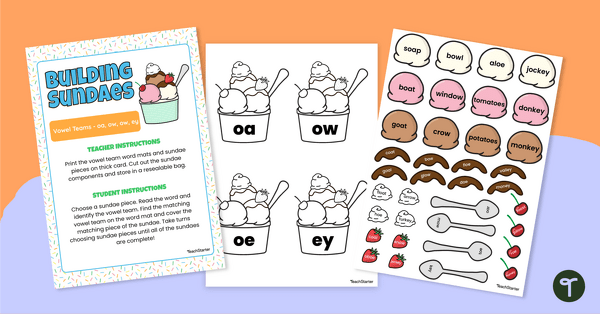
Building Sundaes with Vowel Teams (OA, OW, OE and EY)
Decode words with OA, OW, OE and EY long vowel teams by crafting cute desserts!
- Plus Plan
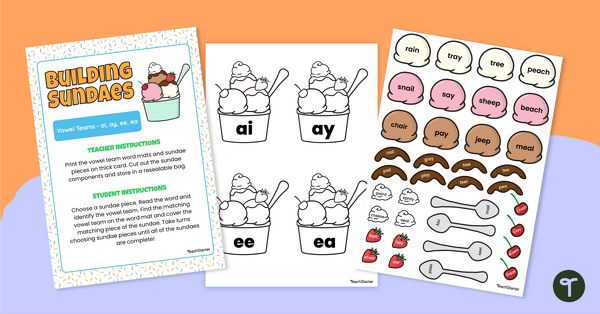
Building Sundaes with Vowel Teams (AI, AY, EE and EA)
Decode words with ay, ai, ea and ee long vowel teams by crafting cute desserts!
- Plus Plan
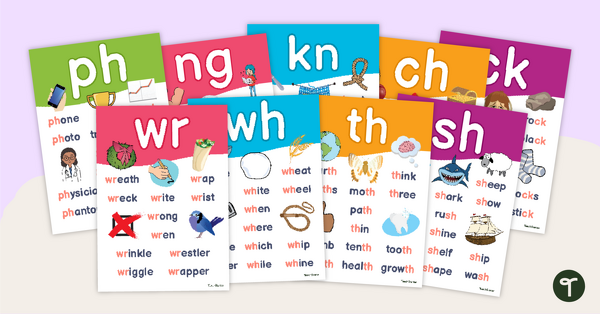
Consonant Digraphs Poster Pack
Expose your students to the most common consonant digraphs with this set of 9 posters.
- Plus Plan
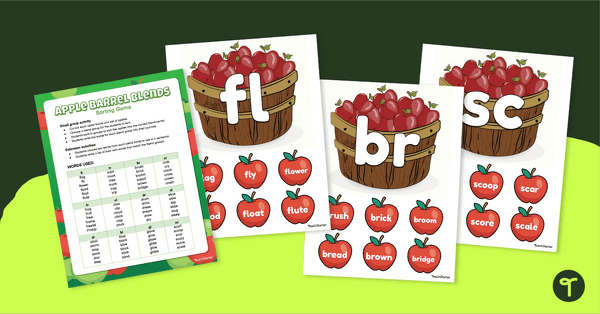
Consonant Blends Sorting Activity - Apple Barrels
Supplement your phonics lessons with a consonant blend sorting activity.
- Plus Plan
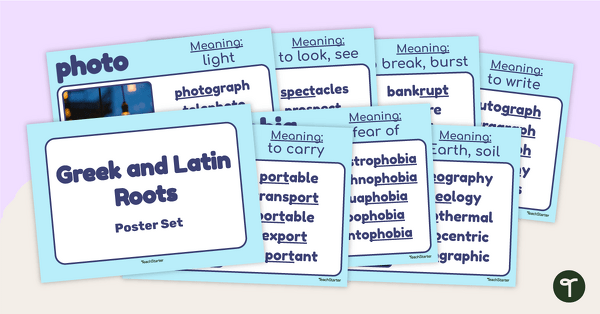
Greek/Latin Roots Posters
Encourage vocabulary development with a set of 23 Greek and Latin roots posters.
- Free Plan
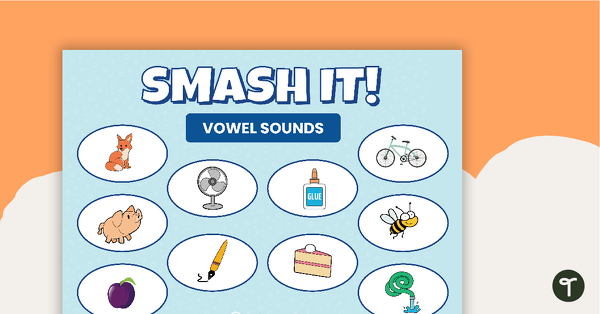
SMASH IT! Vowels Game
Distinguish between long and short vowel sounds with this set of 5 game boards and vowel letter cards.
- Free Plan
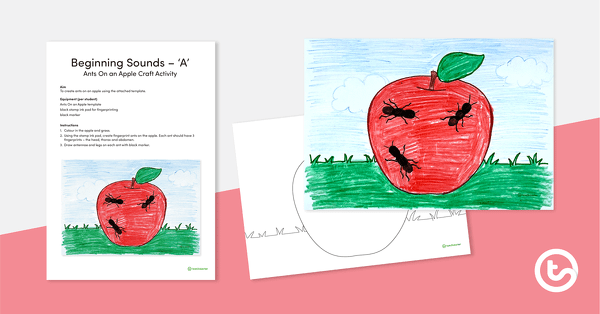
Beginning Sound Craft – A – Ants On an Apple
An initial sounds activity to introduce the sound 'a'.
- Plus Plan
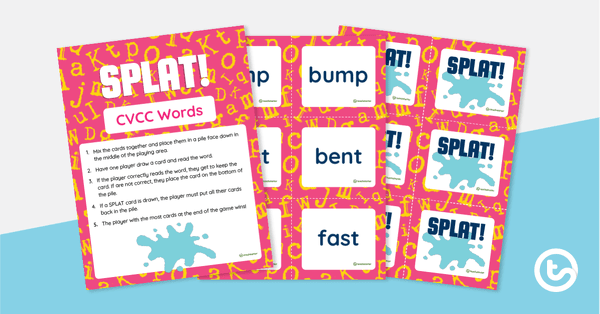
SPLAT! CVCC Word Game
A set of 36 task cards to practise decoding CVCC words.
- Plus Plan
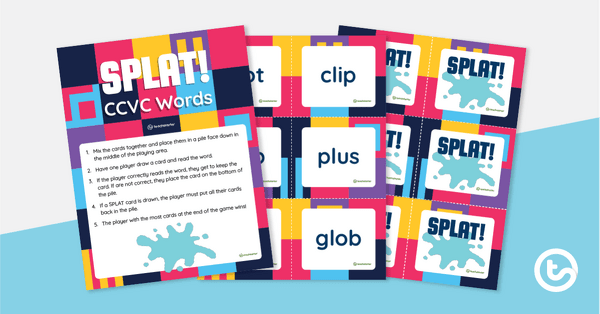
SPLAT! CCVC Word Game
A set of 36 task cards to practise decoding CCVC words.
- Free Plan
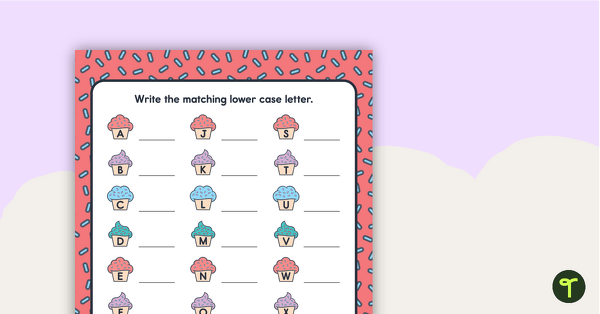
Uppercase and Lowercase Matching
A set of four pages for practicing uppercase and lowercase letter recognition.
- Plus Plan
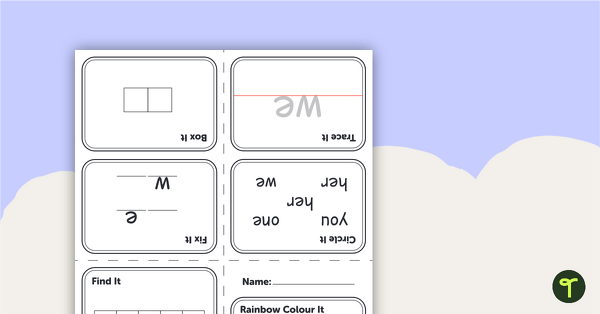
‘We’ Sight Word Little Book
A little book with activities for the word ‘we’.
- Plus Plan
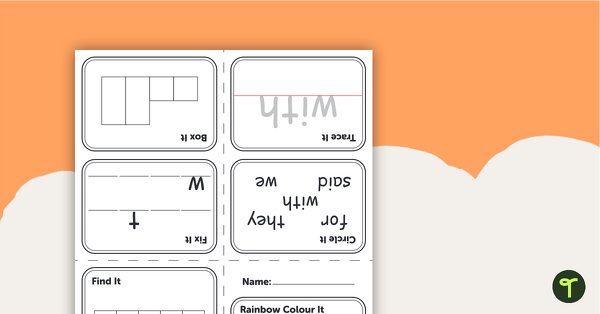
‘With’ Sight Word Little Book
A little book with activities for the word ‘with’.
- Plus Plan
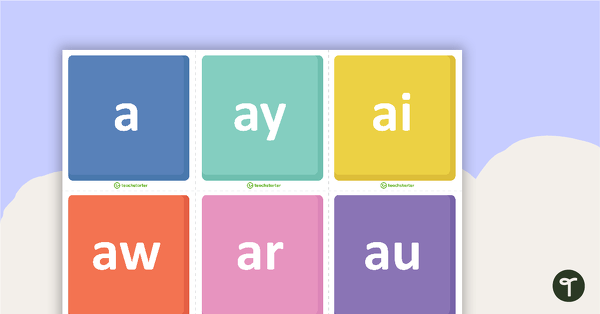
Phonics Word Builder Tiles
A comprehensive set of phonemes and their letter combinations to help your students build words.
- Plus Plan
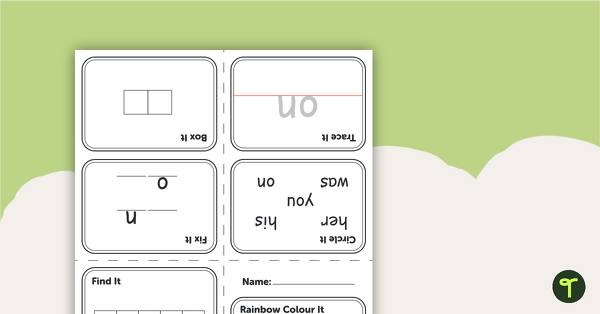
‘On’ Sight Word Little Books
A little book with activities for the word ‘on’.
- Plus Plan
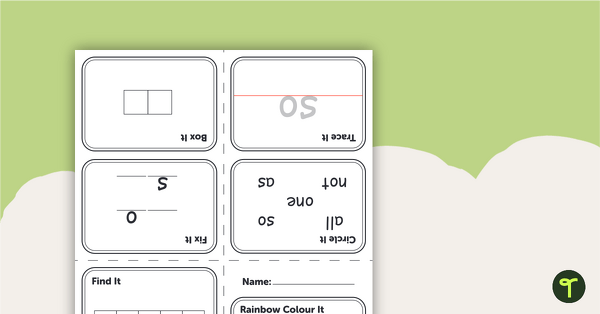
‘So’ Sight Word Little Book
A little book with activities for the word ‘so’.
- Plus Plan
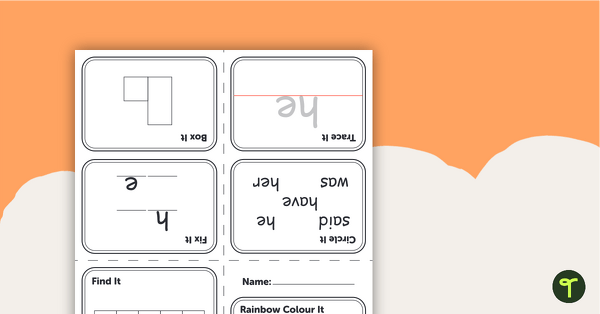
‘He’ Sight Word Little Book
A little book with activities for the word ‘he’.
- Plus Plan
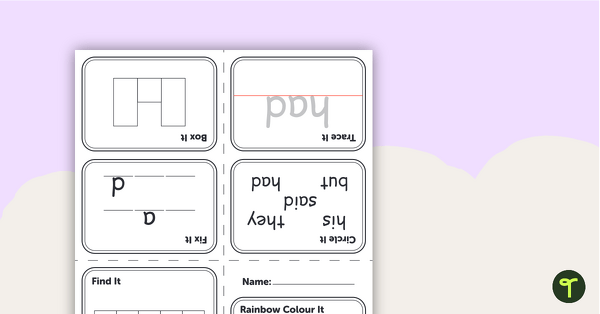
‘Had’ Sight Word Little Book
A little book with activities for the word ‘had’.
- Plus Plan
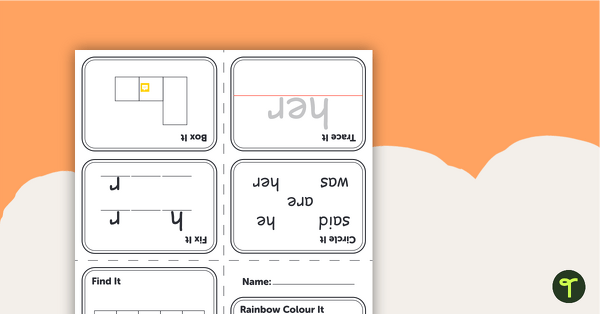
‘Her’ Sight Word Little Book
A little book with activities for the word ‘her’.
- Plus Plan
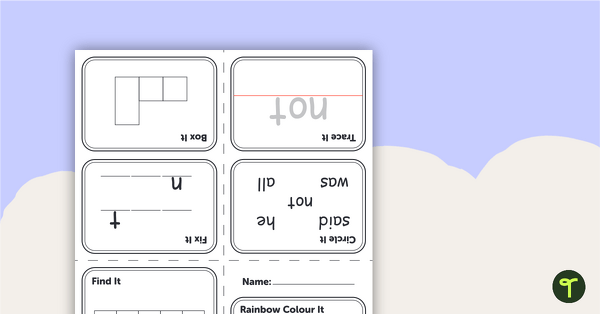
‘Not’ Sight Word Little Book
A little book with activities for the word ‘not’.
- Plus Plan
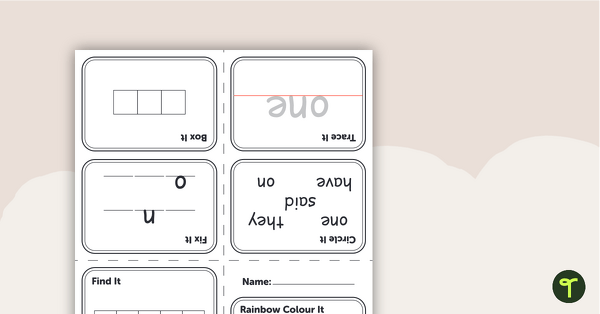
‘One’ Sight Word Little Book
A little book with activities for the word ‘one’.
- Plus Plan
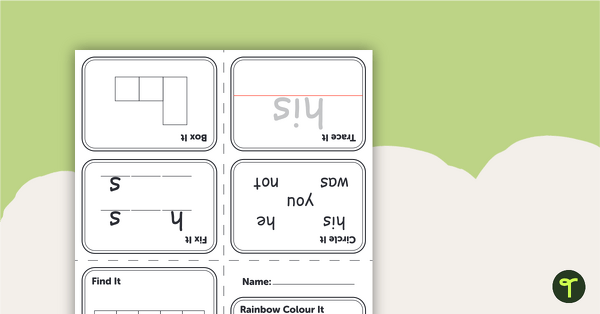
‘His’ Sight Word Little Book
A little book with activities for the word 'his'.
- Plus Plan

‘All’ Sight Word Little Book
A little book with activities for the word 'all'.
- Plus Plan
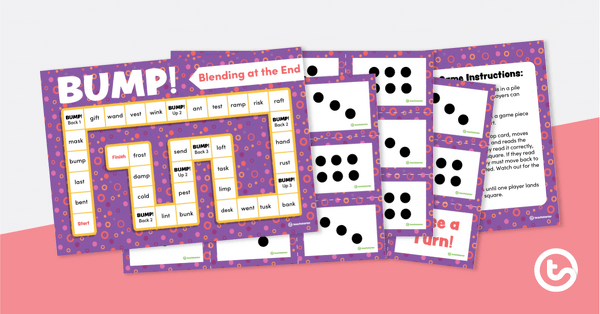
Bump! Blending at the End of a Word - Board Game
Practise decoding words with a final consonant blend with this board game.
- Plus Plan
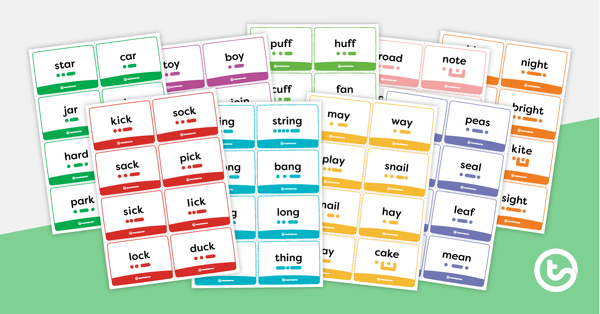
Decodable Sound Button Flashcards – Set 2
A set of over 180 decodable sound button flashcards.
- Plus Plan
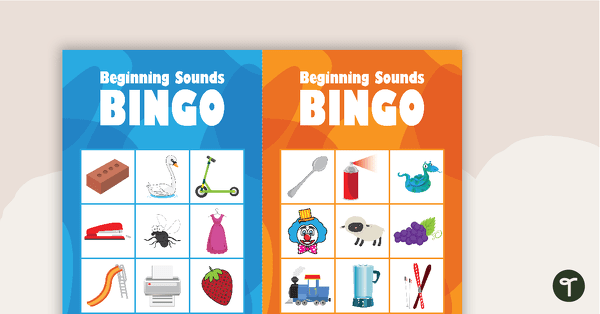
Initial Blends Bingo
30 different bingo cards using beginning sounds.
- Plus Plan
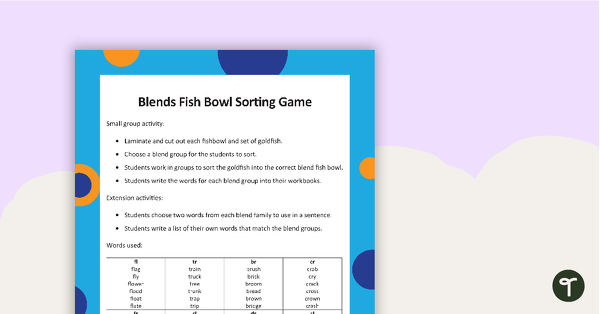
Consonant Blends Fishbowl Sorting Activity
A small group or whole class sorting game to consolidate the learning of beginning consonant blends.
- Plus Plan
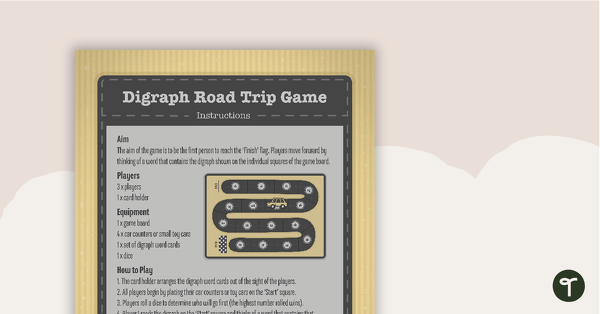
Digraph Road Trip Board Game
A transport themed phonics board game that explores common digraphs.
- Plus Plan
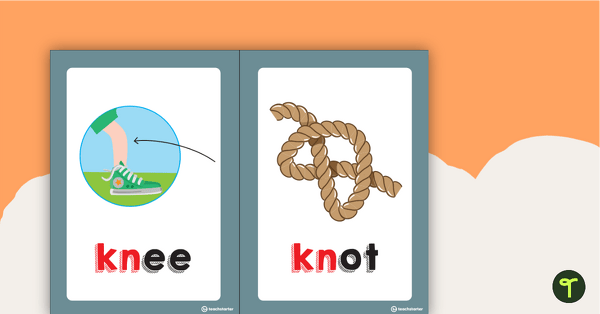
Kn, Ph & Wr Digraph Flashcards
Seventeen flashcards showing kn, ph and wr digraph words and pictures.
- Plus Plan
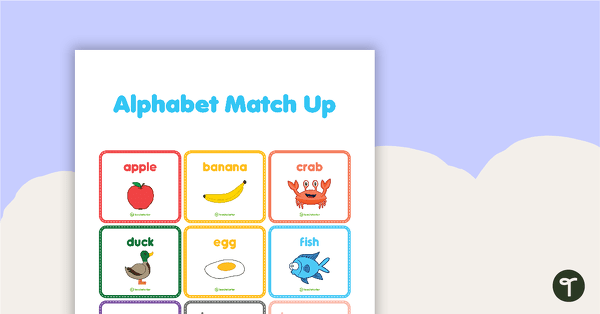
Alphabet Matching Activity
A great matching activity to consolidate your students' knowledge of the alphabet, letters and sounds.
- Plus Plan
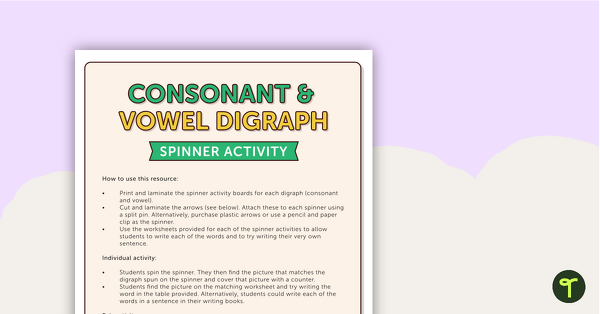
Vowel and Consonant Digraph Spin Games
A fun phonics game for students to consolidate their knowledge of some vowel and consonant digraphs.
- Plus Plan
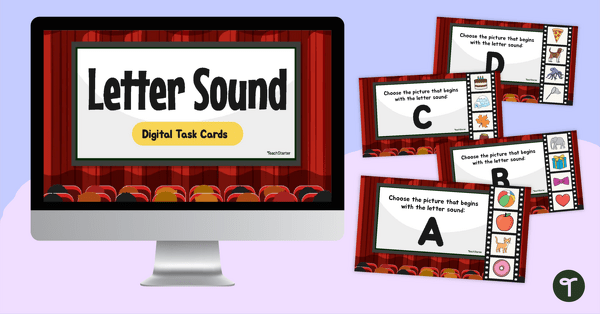
Letter Sound Digital Task Cards
Explore letter sounds with your students using this Alphabet Letter Sounds Game Bonanza digital activity.